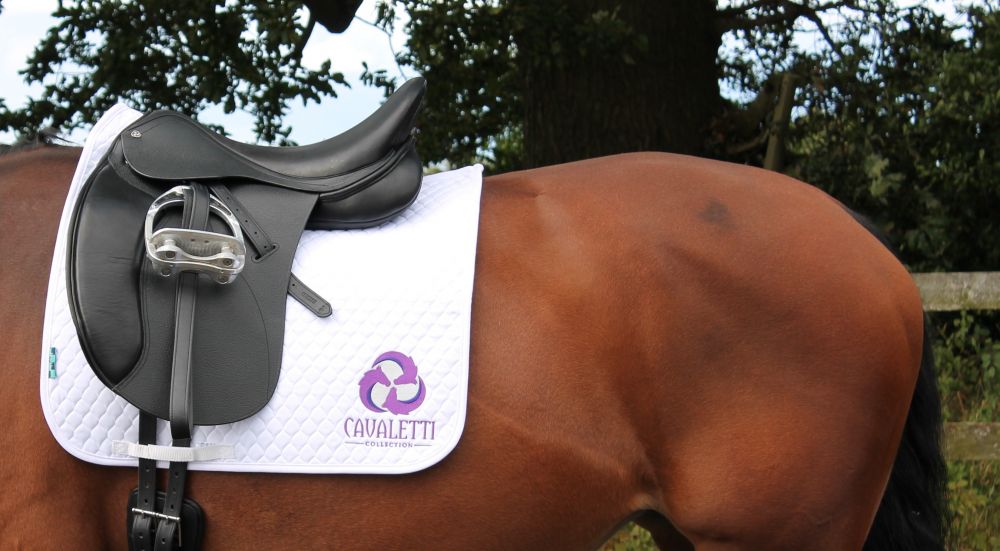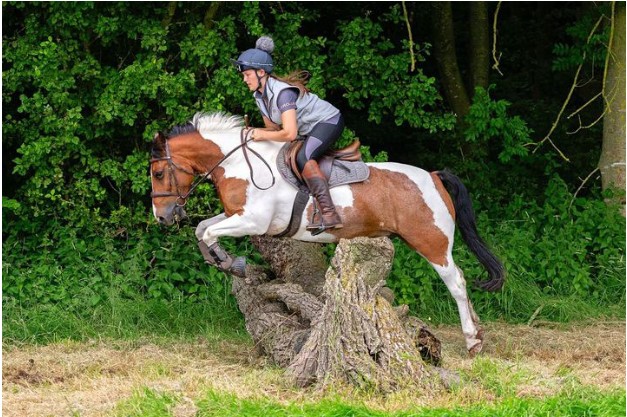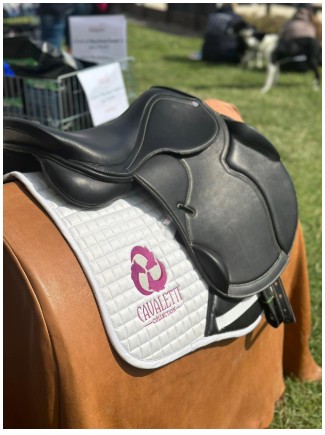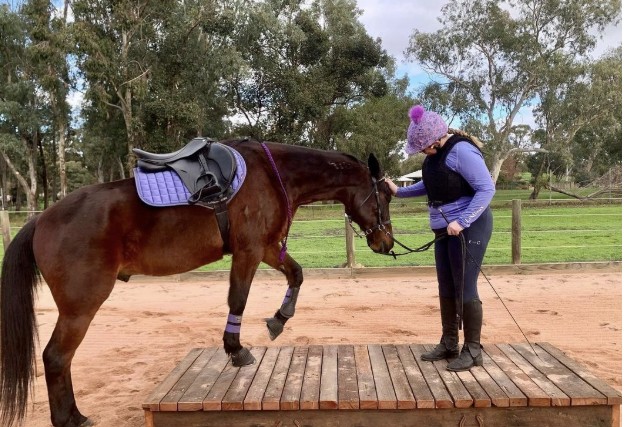How To Look After Your Saddle
For any equestrian, a horse saddle is an essential piece of equipment. Once you have found the perfect one, you’re going to want to look after it so it will last for years to come and continue to provide you with a comfortable and safe ride. Here are our tips on how to look after your saddle.

Leather Saddle
Leather saddles are popular among equestrians because they are often considered more comfortable and durable than other types of saddles. However, leather saddles do require some care and maintenance in order to keep them in good condition. They should be cleaned and conditioned on a regular basis in order to protect the material from drying out and becoming brittle. In addition, they should be kept away from direct sunlight or other sources of heat, as this can cause the leather to fade or crack.
Regardless of the type of saddle, all require some basic care in order to maintain their longevity and function. If you're a horse rider, then you know how important it is to have a good saddle. A well-cared-for saddle will last for years and provide you with a comfortable and safe ride. You can check out Cavaletti's YouTube channel to see how to take care of a leather saddle.
Synthetic Saddle
Synthetic saddles are made from synthetic, man-made materials. They are a more affordable option than leather saddles and are also a bit easier to look after and maintain. Another key difference between synthetic and leather saddle’s is that synthetic saddles are much lighter.
Here are some tips on how to take care of a horse saddle:
1. Keep It clean.
Wipe it down after every ride with a damp cloth or sponge to remove sweat and dirt. Then leave it to dry naturally.
2. Condition The Leather Regularly.
For leather saddles, once the saddle has dried, use a quality leather conditioner/ dressing to keep the material soft and pliable. This will help prevent cracking and stretching over time. Apply the leather conditioner/dressing sparingly to both the grain and flesh side of the leather. For synthetic saddles, if the billets are made from leather, you will need to condition these with a quality leather conditioner after cleaning. However, in general, a synthetic saddle will just need cleaning with a synthetic tack cleaner.
3. Buff with a soft brush or cloth
Once the saddle is dry, we also recommend buffing the leather with a soft brush or cloth. However, it is suede or a sensitive leather, skip this step.
4. Inspect Regularly.
Check for any signs of wear and tear, such as cracks in the leather or loose stitching. If you notice any damage, have the saddle repaired by a professional before using it again.
5. Store Properly.
One of the most important steps in caring for your saddle is correct storage. When you're not using it, store it in a cool, dry place out of direct sunlight. This will help prevent the leather from drying out and cracking. Also, make sure to store your saddle on an appropriate rack. This will help to prevent distorting or stretching the leather. We would also recommend using a saddle cover for further protection.
A saddle is a vital piece of equipment for any equestrian, and it is important to take care of it properly in order to extend its life. Saddles are available in a variety of materials, such as leather and synthetic fabrics, and they come in both English and Western styles. No matter what type of saddle you have, it is important to keep it clean and conditioned and to inspect it regularly for signs of wear and tear. By following these simple tips above, you can ensure that your saddle remains in good condition and continues to provide a comfortable ride for your horse.










